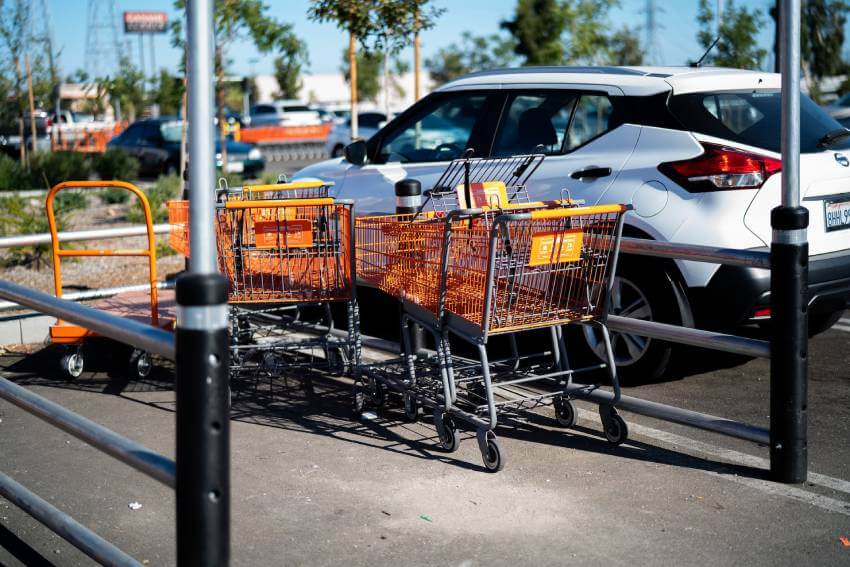Table of contents
What is the Choke Price?
Choke price is a particular economic term used to explore the lower price at which the quantity demand of a product equals zero. When it comes to the graph of supply and demand, the choke price is the point when the demand curve intersects with the vertical axis. In other words, the choke price is considered to be an exact price when demand becomes zero.
The important aspect is that when pricing nears becoming choke price, consumers start to look for alternatives. The phenomenon is most often correlated to commodities and natural resources. However, when the demand is high, and companies want their price to be nearer to the choke price, it is a perfect opportunity for such a firm. One can say that choke price is both a possibility to get the best price until the product becomes worthless and a moment when customers will start looking for alternatives, which will directly impact the sales volumes.
The choke price phenomenon is most often used in the context of commodity pricing. However, it can be apple to any given good. There are choke prices in many industries, including oil, gas, and electricity. The important point of understanding the choke price correlates to what happens in terms of customer reaction. When the price nears the choke price, consumers start searching for substitutes. Besides, the phenomenon takes place when the demand drops faster than one might expect.
How to Find Choke Price?
When it comes to finding the choke price, there are several key approaches to consider. The experts often use the choke price to analyze supply and demand. The term can also be applied to price points in situations when the demand drops at a faster pace than a company expects. By appealing to the demand schedule companies can effectively find the choke price.

To illustrate, imagine consumers wanting to purchase 100 units of a product at $90, 200 units of a good at $50, 500 units at $30, and zero units at $100. Essentially the choke price should be between $90 and $100. Yet, the exact choke price cannot be found. It happens because no transaction takes place at the point of the choke price. The case shows that finding the choke price cannot be an accurate indication. The choke price is never observed by can be extrapolated from an econometrical estimation of the given demand curve.
Another reason for a choke price not to be found exactly correlates to the fact that products often continue to raise prices when the demand gets low. It happens because having zero sales means a company is going out of business. Keeping all the factors in mind, the approximation of the choke price can be found through an examination of the intersection between the demand curve and the vertical axis. In such a case, it is apparent that finding the choke price offers some insights into elements like demand and supply. It is a piece of correlating information that further grants deeper insights into various market conditions. Based on the data, companies can make further decisions on how to move with business objectives.
Rising and Lowering Choke Price
Any shifts in the existing demand have a direct effect on the choke price. The rising of the choke price can be a response to a rise in income among customers. The extra income can cause the demand to rise sharply. In such a case, the demand becomes less elastic, and the firm starts considering raising the price. As the next step, in such a citation, one can expect the choke price to rise. With the rising choke price, there is luckily for sales volumes to rise as well.
In contrast, there can be a case when the choke price is lowered. A given price increase on some complementary goods will lower the demand for such a good. Essentially, it means that the demand will become more elastic. With the degree of linear demand at play, an increase in the price of a complementary good causes the demand curve to shift, which essentially causes the choke price to fall down.
Conclusion
The choke price is the point when the demand hits its lowest. Companies can rise or decline depending on the strategies used by a firm. The choke price creates the conditions when customers start looking for alternatives and substitutes. The important point is that the choke price cannot be established precisely, namely because it is never reached in the real situation
FAQ
Find answers to some of the most common questions people have regarding the use of Competera.
What Is the Choke Price?
The choke price is the exact price representing the lower point at which the demand for a product becomes zero.
How to Calculate Choke Price?
The choke price is calculated by determining the lowest point of the demand curve, correlating to the price for consumer purchase versus the price when a price of demand becomes zero.








